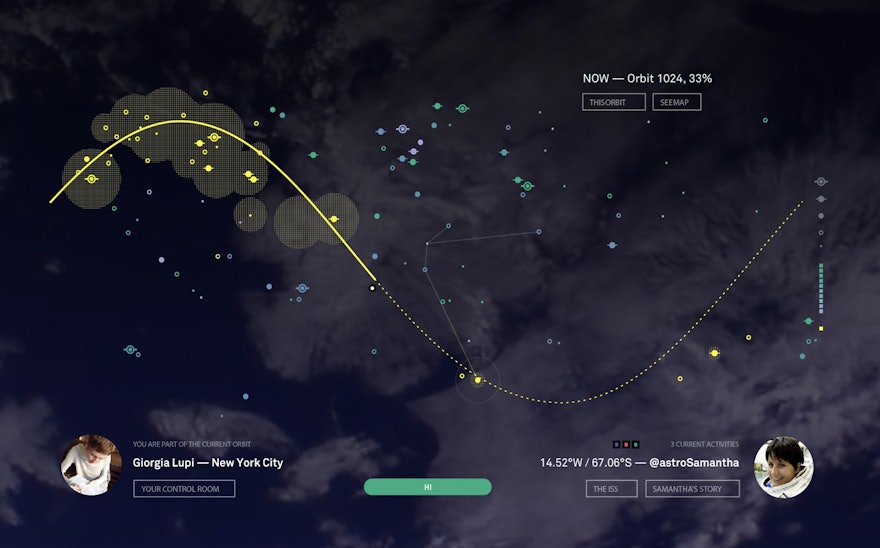Published by powerHouse Books, and designed by Pentagram, Malformed: Forgotten Brains of the Texas State Mental Hospital features still-life images of brains by Austin-based photographer Adam Voorhes with reporting and essays by Alex Hannaford.
In 2011 Adam Voorhes went to the Animal Resources Center at the University of Texas to borrow a brain. The Austin-based photographer was on assignment for Scientific American magazine to shoot a healthy human brain, but right before he left the facility he was lead through a laboratory into a storage closet filled with malformed brains. The collection, more than 100 rare specimens extracted from former patients of the Texas State Lunatic Asylum in Austin (now the Texas State Mental Hospital) dating back to the 1950s, were stacked in jars from floor to ceiling, two rows deep, and all displayed distinct abnormalities. Each jar had been labeled with a date, an observation in Latin and a case number.
When Voorhes got back to his studio to photograph the healthy specimen he couldn’t shake the unsettling vision of that decaying collection of forgotten brains in the closet. “The gravity of what I’d seen haunted me,” he says. “I wanted to know more about the donors, their quality of life and experiences. The thought of cataloguing the collection and preserving it with my camera became my obsession.”
Voorhes was eventually granted access to the lab. Uninterrupted and unsupervised, the photographer and his team donned respirators and heavy gloves and went to work. Over the course of a long, surreal weekend in the locked research facility, Voorhes documented the collection but the story behind the former owners of the brains remained a mystery.
Most of the faded labels on the jars included case numbers that referenced medical records, and finding those records and gaining access to them became the photographer’s second obsession. Voorhes enlisted the help of journalist Alex Hannaford to track down the history of the anonymous brains. They poured through old documents and tracked every available lead, but in the end the amateur sleuths came up empty handed.
Hannaford’s tale of the search is intriguing, however, and in the course of his investigation the reporter uncovered not only the history of the collection and the asylum, but also the mysterious disappearance of nearly half of the original specimens, including the possibility that one of the missing brains belonged to the notorious University of Texas tower shooter Charles Whitman.
The result of their efforts has revived interest in the collection with various science journals publishing writings and research about the brains, and the university is now creating MRI scans of the specimens intended for study at UT’s new medical school. In addition, Voorhes and Hannaford were profiled on a recent NPR radio segment.
“Our hope for this project is to help preserve the remaining portion and foster greater interest in its beauty, historical importance and medical value," says Voorhes.

